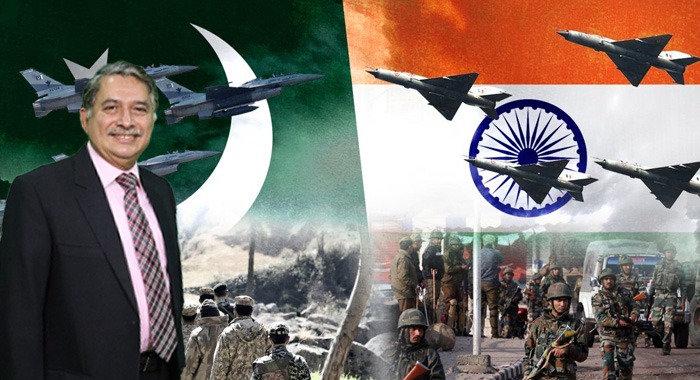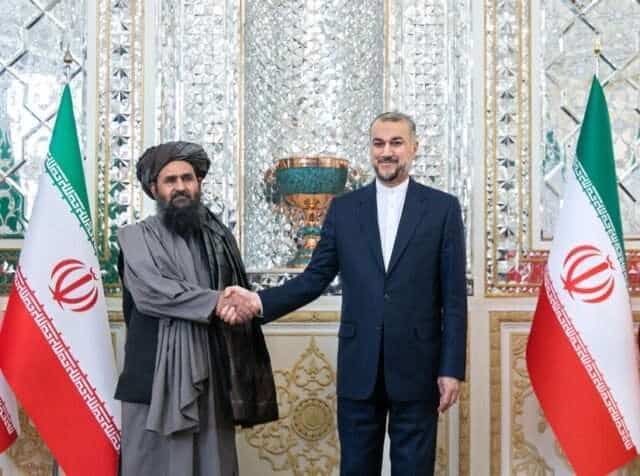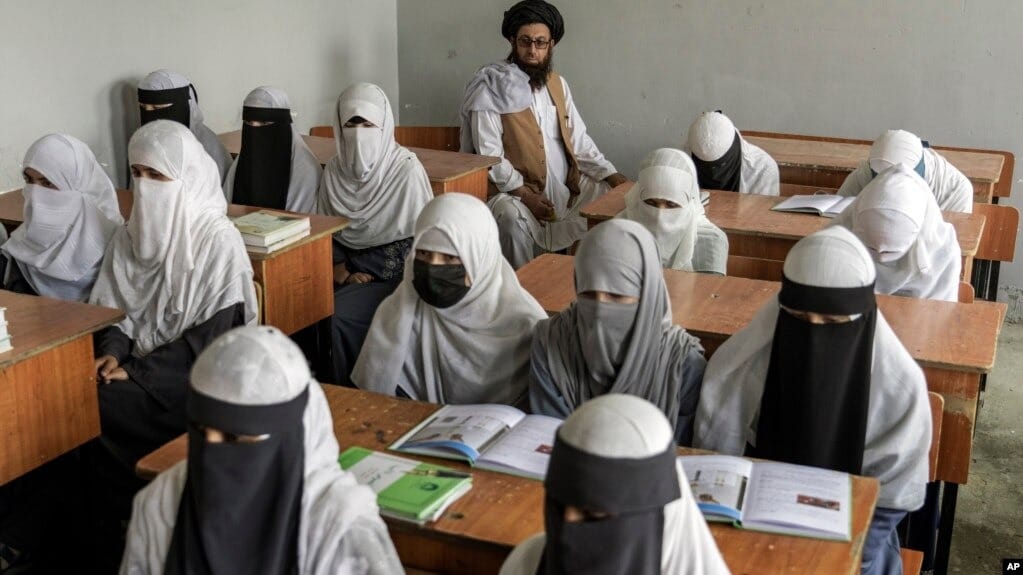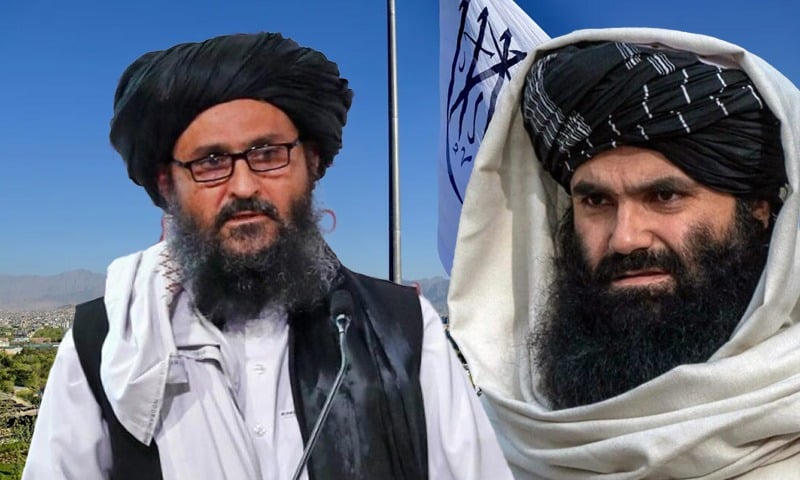The recent incident in Pahalgam has once again brought South Asia to the brink of heightened tensions, particularly between India and Pakistan. As a responsible state, Pakistan has always maintained a principled stance against terrorism in all its forms, no matter where it occurs, who commits it, or who is targeted. In the wake of the Pahalgam attack, Pakistan not only condemned the act unequivocally but also extended an offer of full cooperation to help investigate the matter.
However, rather than pursuing a constructive or fact-based approach, the Indian government hastily pointed fingers at Pakistan without presenting any credible evidence. What followed was a diplomatic blitz, as New Delhi lobbied several countries with the same narrative—one rooted more in assumptions than substance. Till now, India has failed to present a single conclusive piece of evidence to support its claims. As a result, its efforts have faced scepticism and setbacks on diplomatic fronts, exposing a fundamental weakness in its argument.
This incident—occurring in broad daylight in one of the most heavily militarised regions in the world—raises pressing questions. With Indian security agencies including RAW, police, paramilitary forces, and other intelligence networks so deeply entrenched in the region, how could the perpetrators infiltrate, plan, execute, and then vanish without a trace? Such a breach points not toward foreign sabotage, but an alarming internal security lapse. Until India produces verifiable proof, the global community will be hard-pressed to accept its narrative.
Amid these accusations, Pakistan has rightly reiterated that it will not initiate conflict but reserves the right to respond decisively if provoked. In geopolitics, intentions and capabilities of adversaries must be constantly assessed. A nation must remain vigilant, enhance its defensive preparedness, and reserve the sovereign right to defend itself. This is not just a constitutional obligation; it is a fundamental principle recognised in international law.
To resolve longstanding Indo-Pak tensions, historical precedent offers valuable lessons. The League of Nations collapsed after World War I, leading to the establishment of the United Nations post-World War II—an institution built precisely to mediate and resolve such conflicts. Forums like the UN, Shanghai Cooperation Organisation (SCO), and Association of Southeast Asian Nations (ASEAN), alongside shuttle diplomacy and backdoor negotiations, have previously helped avert disasters. Be it the Tashkent Agreement brokered by the USSR after the 1965 war, the Shimla Agreement, or U.S. mediation during Kargil—third-party involvement has played critical roles. Even Qatar helped bring the Taliban and the U.S. to the negotiating table.
Today, with both India and Pakistan being nuclear-armed states, the stakes are incomparably higher. This is not a conventional conflict—it is a confrontation where miscalculation could spiral into catastrophe. Military exchanges in such a climate do not just threaten bilateral peace; they imperil global stability. The question is: were these nuclear arsenals created merely for deterrence, or are we willing to inch closer to a doomsday scenario?
Both nations face deep-rooted economic and social challenges. In India, hundreds of millions live below the poverty line. In Pakistan, a significant portion of the population still lacks access to basic needs. Rather than fueling hostilities, energies must be directed towards improving lives, developing institutions, and fostering inclusive growth.
The United States and other global actors are closely watching this volatile situation, treading carefully to avoid escalation. If an impartial international investigation is truly sought, United Nations mechanisms and neutral agencies could play a role—just as Scotland Yard once assisted in the Benazir Bhutto assassination case. International observers bring neutrality, reducing space for blame games and propaganda.
Ultimately, India’s inability to convince the international community—even with its global economic clout—underscores the absence of credible evidence. Meanwhile, Pakistan’s diplomatic approach, rooted in restraint and engagement, has found resonance.
Whether war breaks out or not will depend on the wisdom of policymakers on both sides. But let us be clear: even without nuclear weapons, any military confrontation between India and Pakistan would be devastating. The future lies not in escalating conflict but in investing in education, agriculture, science, and economic development. South Asia needs peace, not provocation.
Will reason prevail before rhetoric takes us past the point of no return?





